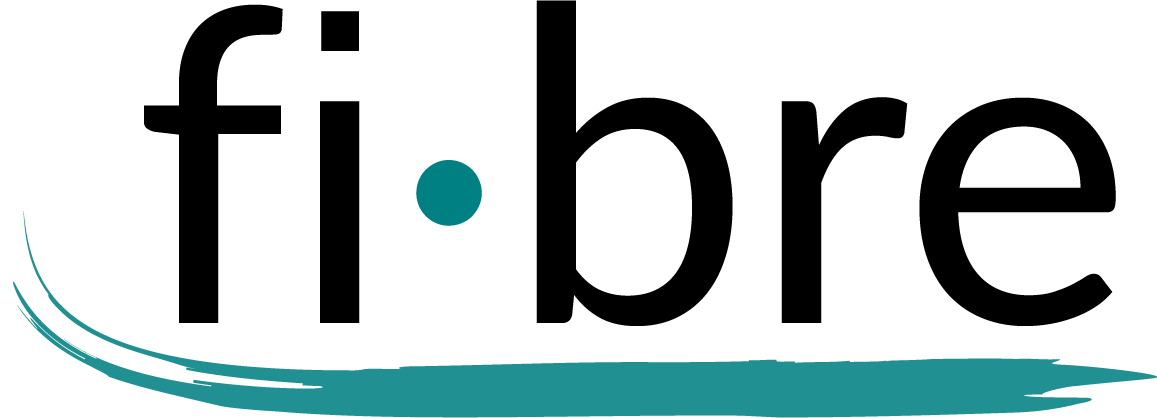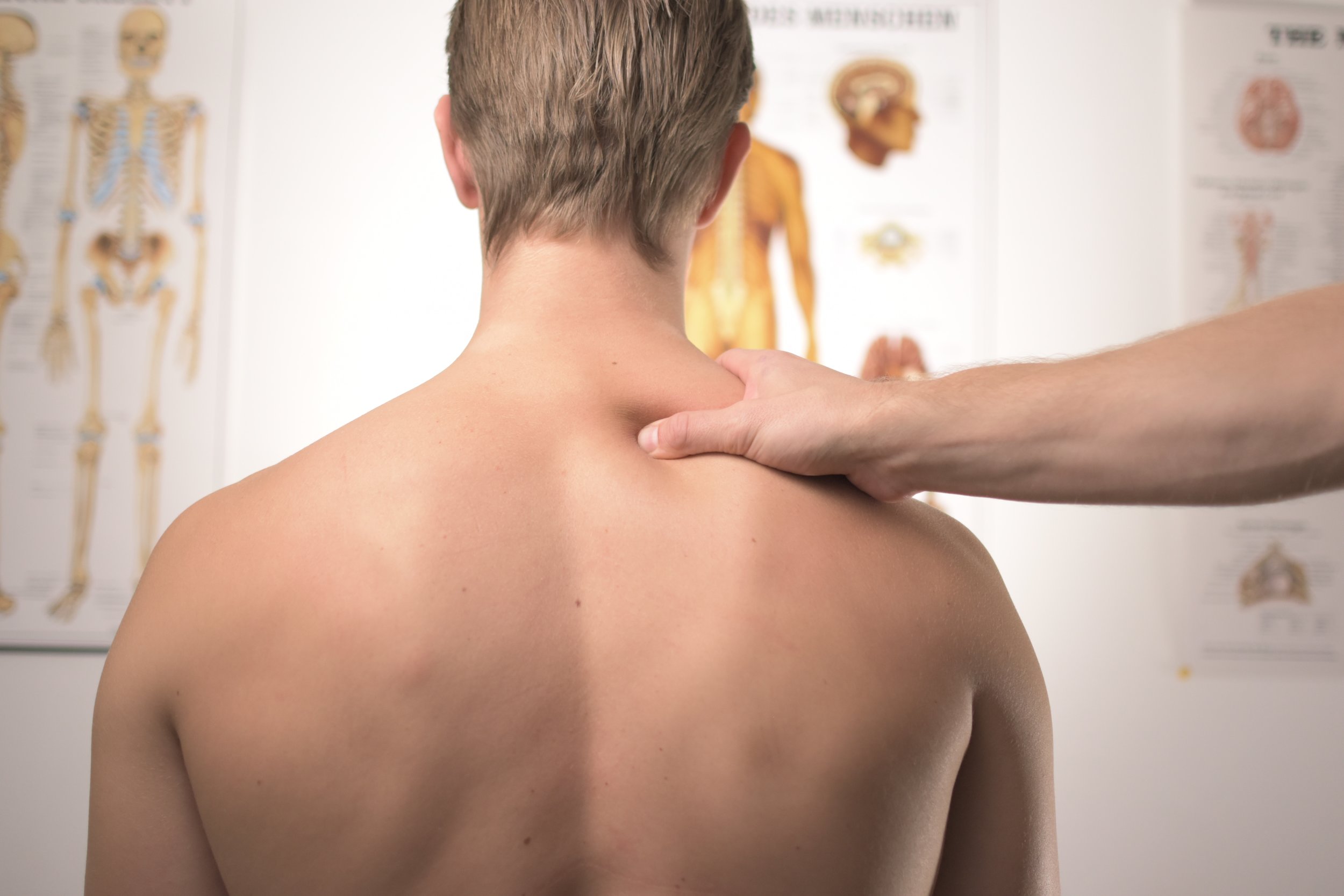How to Reduce Neck and Shoulder Tension
Before a massage therapy session begins, each client takes a few minutes to explain the specific areas to address during the session. Most of my massage therapy clients ask for relief from neck and shoulder tension. Holding the sides of their neck or gently touching the tops of their shoulders, they indicate where the tension resides.
Muscle soreness in the neck and shoulders may appear after long hours spent using a computer screen; driving a car or truck on city streets, through neighborhoods or on interstate highways; or slouching while reading or texting. The muscles may be strained from being held in the same position for a lengthy amount of time. In September 1986, the New York Times published Daniel Goleman's article , "Relieving Stress: Mind Over Muscle", which noted how the electronic conveniences in the workplace reduced movement needed to accomplish assignments. Since 1986, the modern day conveniences continue to increase with the introduction of mobile "apps" offering services which continue to decrease physical activity (e.g., apps to pick up and deliver groceries, meals, dry cleaning), the resulting increased muscle tension from less movement continues too.
At fibre, to help start relaxing these muscles before the session begins, each client is offered a heated shoulder wrap while participating in the foot bath ritual. The foot bath ritual incorporates a few relaxation techniques to help start the tension relief.
When you have muscle tension in your neck and shoulders in-between therapeutic massage sessions, try some of the techniques recommended in Mr. Goleman's in article or some of the steps listed here.
Each step seeks to increase blood flow to the muscle tissue or to lengthen the muscle. Treat your muscles gently during this time and avoid forcing the movements.
Let's start with an understanding of which muscles will be addressed; these may be experiencing tension. In the line drawing of the person with a hand on a tilted head, several neck muscles are identified along with the upper trapezius muscles which are predominately on your back.
The levartor scapulae, a back muscle, impacts the neck as it helps in maintaining posture and moving the arm. The levator scapula helps keep your head from jutting too far forward by lifting your shoulder blade (your scapula).
Three scalene muscles (posterior scalene isn't shown) are commonly referred to as the "scalenes" instead of naming each muscle individually. The scalenes help you flex your neck and they may be used to assist with breathing (i.e., perform as accessory muscles to respiration). For someone in respiratory distress, the scalenes help raise the first and second rib which permits an increased volume in your lungs.
To alleviate the pain, the first step is to introduce new movement in your neck and shoulder region.
Step 1: Stand up or walk away from your computer screen. If you're driving, pull into a rest area or park safely in a lot and step out of the vehicle.
Step 2: Tense the muscles then relax them. For example, shrug your shoulders in an exaggerated movement then let them drop. Squeeze your shoulder blades together then release them. You should feel the blood flow increasing through the muscles and they may begin to feel warmer.
Step 3: With your right hand, grasp the muscles along the left side of your neck then squeeze gently. Continue this motion down towards the top of your shoulder. Repeat on the right side of your neck.
Step 4: Use the fingertips to gently massage the same muscle tissue. Use small circular motions and a moderate amount of pressure; avoid causing more pain.
These steps combined with the techniques mentioned in NYTimes article will help reduce tension in your neck and shoulders.
Photo by Jesper Aggergaard on Unsplash


